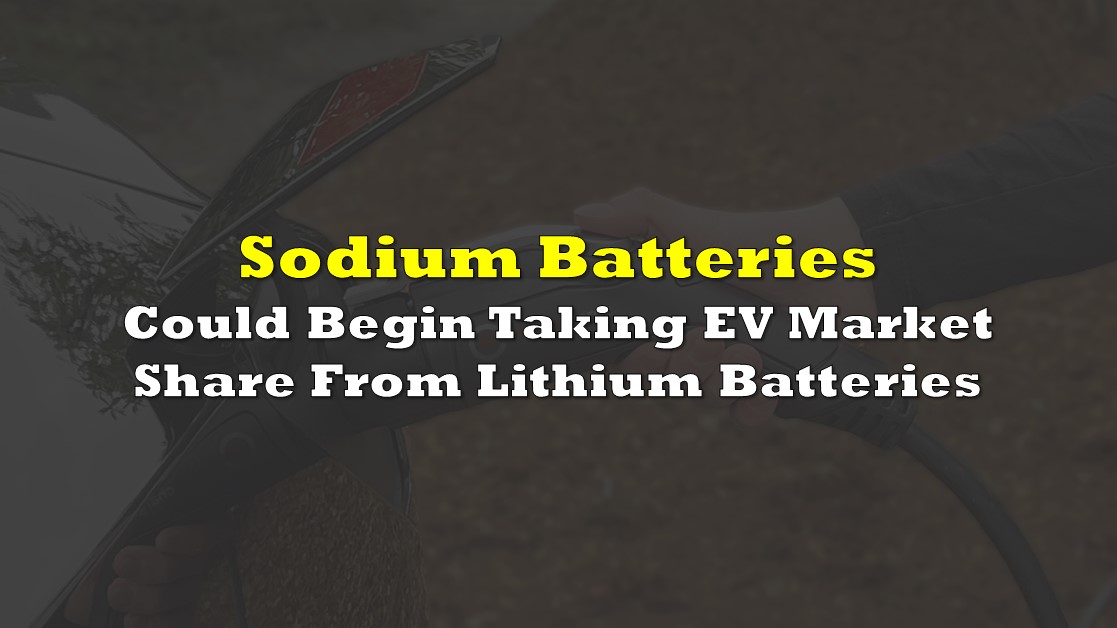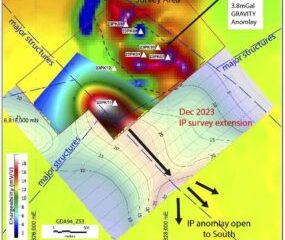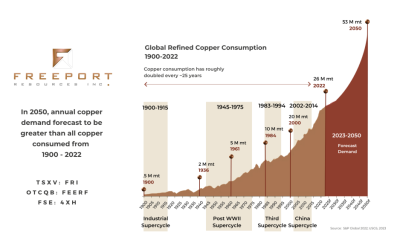Energy & Critical Metals
Sodium-Ion Batteries Could Begin Taking Electric Vehicle Market Share from Lithium-Ion Batteries
The price of lithium, probably the most important component in the current batteries of electric vehicles (EVs), continues to plummet. Indeed,
The post…

The price of lithium, probably the most important component in the current batteries of electric vehicles (EVs), continues to plummet. Indeed, the price of lithium carbonate, currently around US$27,000 per tonne, is down about 70% since peaking in November 2022.
The general thinking in the investment community is that Asian lithium makers overproduced in late 2022, and after the excess production is worked off, prices will begin to trough and then normalize at higher levels. While this price path indeed may be what occurs, another factor — the development of sodium-ion batteries which contain either no lithium or lesser amounts of the silvery-white metal than current technologies — could have an even longer lasting negative effect on lithium prices and could similarly bring down the overall cost of producing EV.

On April 17, Chery Automobile Co. Ltd., one of the ten largest auto producers in China, announced it would be the first automaker to utilize the sodium-ion batteries of Contemporary Amperex Technology Co. Limited (CATL), the world’s biggest lithium-ion battery manufacturer. Few additional specifics were disclosed.
In 2021, CATL said that the energy density of the sodium-ion battery it was developing was around 160 Watt-hours per kilogram (Wh/kg) and that it hoped to increase that storage quantity to 200 Wh/kg. Limited energy density, or the amount of energy a battery contains in relation to its size, is the principal drawback of sodium-ion battery technology versus a lithium-ion battery. A lithium-ion battery can have an energy density approaching 300 Wh/kg. Phrased another way, sodium-ion batteries must be bigger in size than lithium-ion power sources to hold the same electrical charge; this obviously represents a key design concern for EVs.
On the other hand, sodium-ion batteries have several significant advantages versus lithium-ion cells, particularly for North American-based automakers. These include:
- Sodium’s price is about 50 times cheaper than lithium, and the two soft metals are chemically quite similar.
- Sodium is in abundant supply across the globe. The U.S. is particularly well positioned as it holds more than 90% of the world’s readily mined reserves for soda ash, the chief industrial source of sodium.
- In addition, sodium batteries hold their charge far better in cold weather than their lithium counterparts.
- Unlike many lithium-ion batteries, many sodium-ion batteries do not require cobalt, a scarce material which is predominantly mined in the Congo by impoverished young people in dangerous mines.
Despite the U.S.’s geographical advantage, China is by far the world leader in sodium-ion technology. According to the consulting firm Benchmark Minerals, China will have about 95% of the world’s sodium-ion battery manufacturing capacity in two years. China utilizes synthetic soda ash produced at chemical plants.
As an aside, CATL has said it has found a way to use both lithium and sodium cells in the same EV battery pack. The company currently plans to mass produce such mixed batteries.
Information for this briefing was found via Trading Economics and the sources mentioned. The author has no securities or affiliations related to this organization. Not a recommendation to buy or sell. Always do additional research and consult a professional before purchasing a security. The author holds no licenses.
The post Sodium-Ion Batteries Could Begin Taking Electric Vehicle Market Share from Lithium-Ion Batteries appeared first on the deep dive.

Uranium Exploration Company Announces Additional Staking in the Athabasca Basin
Source: Streetwise Reports 12/22/2023
Skyharbour Resources Ltd. announced an update from its Canada-based Falcon Project along with additional…
Tesla Launches New Mega Factory Project In Shanghai, Designed To Manufacture 10,000 Megapacks Per Year
Tesla Launches New Mega Factory Project In Shanghai, Designed To Manufacture 10,000 Megapacks Per Year
Tesla has launched a new mega factory…
Giving thanks and taking stock after “a remarkable year”
An end-of-year thank you to our readers, industry colleagues and advertisers before Electric Autonomy breaks from publishing until Jan. 2
The post Giving…

















